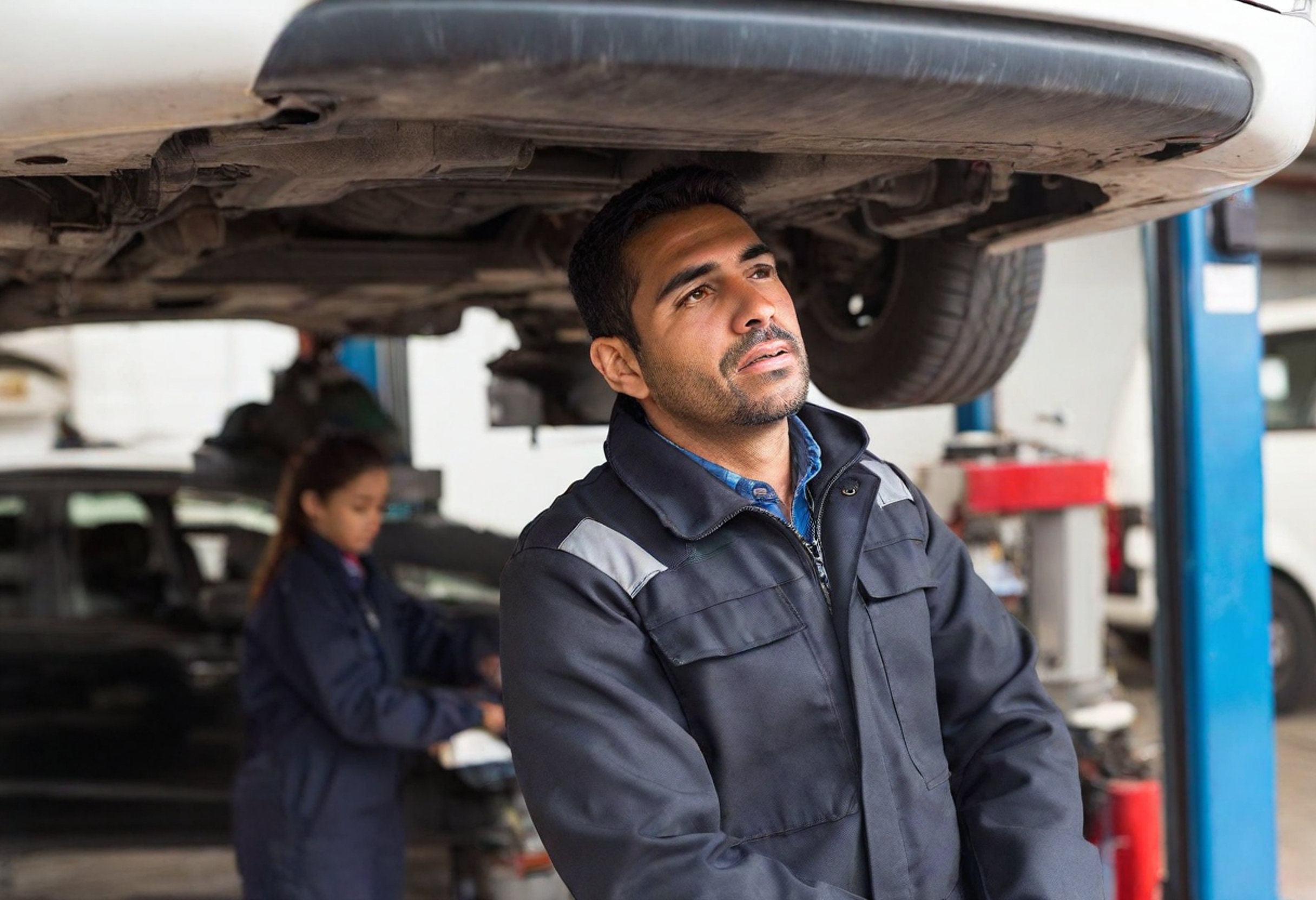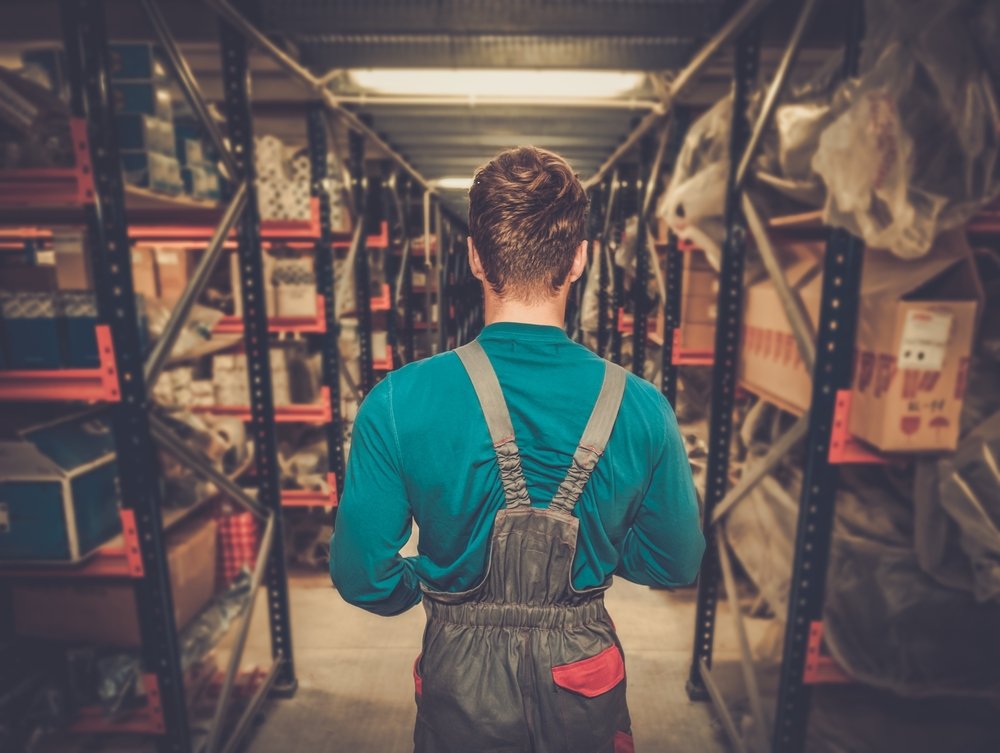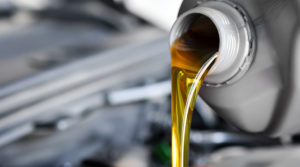
As electric vehicles grow in prominence, automotive aftermarket shops need to prepare so they’re ready to take on the very different ways of servicing and maintaining these types of automobiles.
On a recent episode of Curbside Chat, the video podcast from the Automotive Industries Association of Canada, Chris Besemer, owner and president of CG Motorsports in Richmond, B.C., explained the process of moving into servicing electrics.
As a BMW-focused shop, it was important to be able to service and repair electrics as BMW as had an electric vehicle since 2014 when it introduced the i3.
He told host and AIA chairman Jason Yurchak that his shop made the move in January when it brought in its first electric-certified technician. Then it was a matter of making sure the shop had everything needed to safely and properly service EVs.
“So grounding stations, mats, stuff like that,” Besemer explained.
He compared the work area to a hospital room. The area is barricaded off, there are signs warning of high voltage and no one is allowed to enter the area because an electric vehicle is being worked on.
“It’s really just outfitting the shop with safety zones and lights for high voltage — ‘working area, stay clear’ and stuff like that,” Besemer said during the episode, What it takes to adapt to servicing EV.
It doesn’t take a genius to figure things out, he added. It’s all things that make sense for such an area. And he doesn’t feel it cost him anything out of the ordinary to put in place.
“I knew we needed to do something to follow the safety procedures and stuff like that. Expense wasn’t a big burden at all,” according to Besemer.
Yes, there are unique items like battery charging stations that need to be installed — but it’s no different than in years past when shops had to invest in new tools and equipment as vehicles changed, like when OBD-II ports became the standard.
“It’s just the cost of doing business,” Besemer said. “In a nutshell, it’s nothing that we’re not used to. Running a shop, you have to spend the money sometimes to keep yourself current. And this, it’s new stuff that we’re buying, but it’s not [an] extra expense for anything that’s above and beyond from what we’re used to.”












Leave a Reply